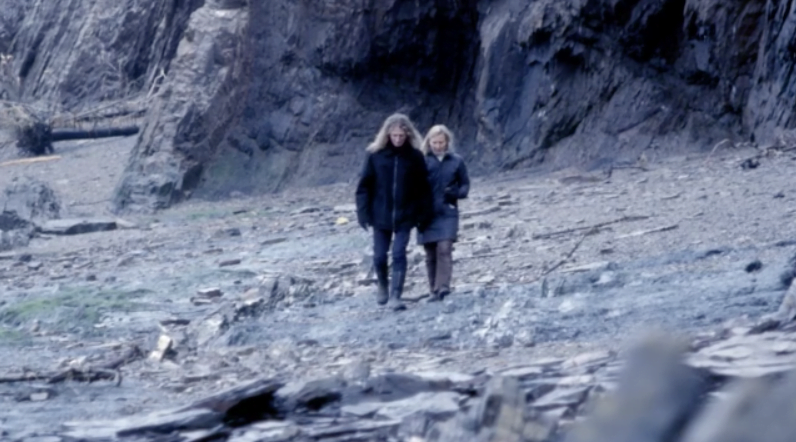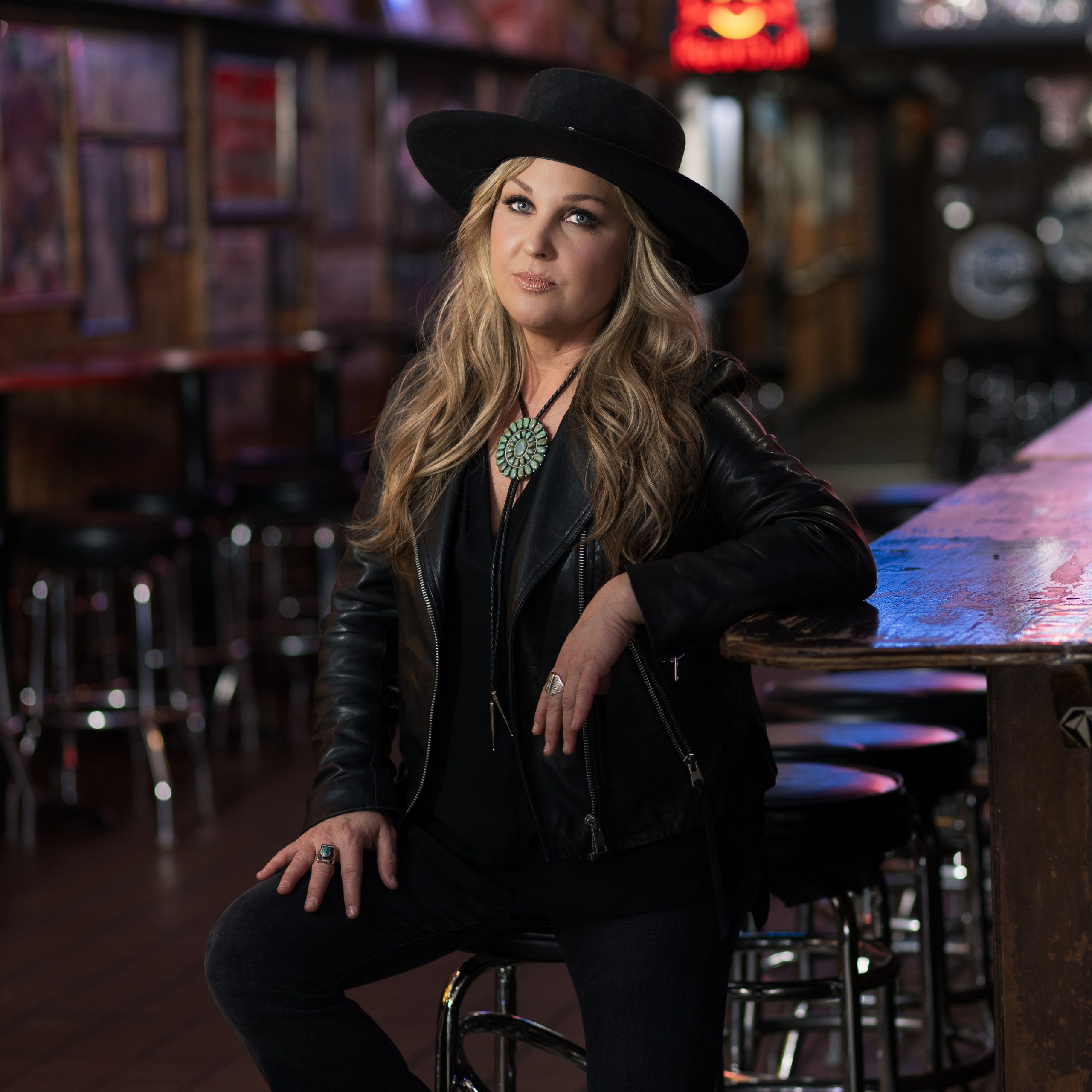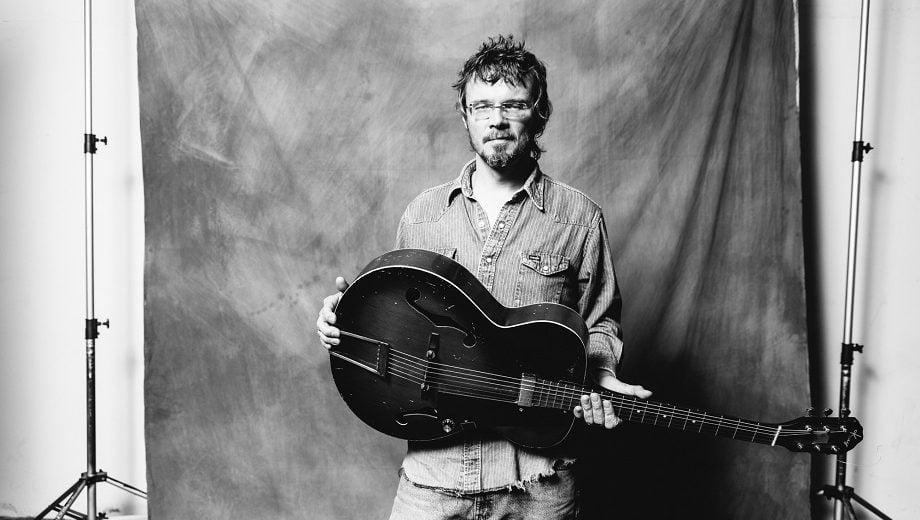The following is the first in a four-part video series hosted in partnership with and created by Breakwater Studios. Each piece is part of a larger series, Life’s Work: Six Conversations with Makers, that chronicles the lives and artistic pursuits of makers living on Canada’s Eastern seaboard. Look for a new video each Tuesday.
“Fibre and Wood,” featuring Douglas Drdul and Sanna Rahola of Walton, Nova Scotia
When did you first begin working on your craft?
Douglas Drdul: Well, I was first introduced to wood chisels, the crafting of woodcarving, while learning the craft of building acoustic guitars. It was soon after that that I felt the desire to do more with my chisels, and that would be roughly 18 years ago.
Sanna Rahola: I began working on becoming a textile artist at a very young age (without knowing it, of course). I received my first loom at the age of four and was already crocheting and had learned how to knit.
Do you have another profession? If so, what do you do? If not, what did you do prior to beginning your artistic work?
DD: I’m a woodworker, but I also have a full-time profession which is as a school bus driver. I have the school bus. I drive it out the house in the morning and it resides here overnight. I do a run that’s basically in my vicinity. When you’re a full-timer, you have a run, so to speak. You work in the morning and you work in the afternoon, and you have to make sure your run is as close as possible to where you live and have the bus at home. It’s just more convenient for everyone that way.
SR: Before becoming a full-time textile artist I was at university studying to become a dietitian. I loved biology, nature, and the human body. In between classes, I would knit, crotchet, sketch ideas, et cetera. After classes, I would design and screen print. On weekends, I would sell my screen-printed t-shirts, bags, brooches, et cetera at a farmers’ market in Halifax. Prior to university, I was a certified ski instructor.
How long did it take you to master? What new skills did you have to learn?
DD: Well, what I would say to that is I would never dare to call myself a master. And, in terms of the skills, I would say that, as ideas and projects evolve over time, so do my skills.
SR: I feel very uncomfortable with the word master. I do not feel that is up to me to decide. I will never call myself a master of my craft. I feel, the more I learn, the more there is to learn. I love to be challenged and figuring things out, always experimenting and pushing my boundaries. I feel very comfortable with my hands and will continue to learn and improve.
What do you feel you contribute to your community with the pieces you create?
DD: At times, they are reflecting of the national surroundings, to the area that we live here in Nova Scotia. We also donate to certain charities and organizations from time to time, help there, give them workshops, give them demonstrations, and this would all be here in Nova Scotia within our community, that sort of thing.
SR: I always hope to promote awareness for the beauty and importance of nature. To inspire people to observe, appreciate, and care for nature. I do not want to assume anything. This is what people who see my work in public places tell me — connection to nature, calming, memories of positive experiences in nature, good feelings, joy, inspirational. Annually, I donate a few pieces of work to support causes such as health care, women’s shelters, playgrounds, youth groups, et cetera.
What have you learned about yourself, as you’ve grown as an artist?
DD: I have learned that you are always learning. Pursuing the creative path and expressing it through artistic means, it’s really a lifelong journey process. It really is. They always say you are always learning as you go through life, but I suppose you appreciate a creative kind of expression that way and that’s something you really find passionate. And that’s what I’ve realized: You’re always learning and you’re always changing and evolving and pursuing that process. The process is what’s important and, from the process, comes all that learning.
SR: I have learned that I am usually able to accomplish anything I set my mind to. I always say “yes” and figure it out after. I have learned that I enjoy the process more than the finished work. I have learned that I make people feel good. Colors and textures really speak to me. I feel agitated when something is visually off-balance to my eye (color, composition). I have learned to turn on my creative fountain when necessary, even if I feel mentally exhausted; I guess I work well under pressure. I have learned that I rely on my work to keep me sane through emotionally difficult times. It is a beautiful calm place to escape to. I have learned that I need to balance my gentle, soft medium by working outdoors on a large scale, landscaping, creating spaces in nature.



